Architectural Visualization or Arch-Viz is the process of creating realistic imagery to convey an architectural design to relevant stakeholders. Needless to say, an important one that helps an Architect / Designer ensure effective communication of project designs to their Customer.
Arch-Viz in some form is known to have been around since antiquity. It is a practice that has evolved rather slowly from basic hand sketches to the first computer generated renders, in a few millennia. Things have moved faster since, thanks to exponential growth in computing power and major breakthroughs in visual technologies.
So definitions and history aside, here we are in 2020 and you are planning to build your dream home or commercial project. Let us look at the state-of-the-art options a modern day Architect / Designer has at their disposal to help you understand, visualize and customize (yes that’s possible too!) your dream project.
Effective Design Communication Tools and Technology
1. 3D Renders
3D renders are still photo-realistic images or artistic illustrations of one or more views from your future project. These are very common and are created by an architect or rendering artist. They are created usually from partial three dimensional models of your project using specialized 3D rendering tools.
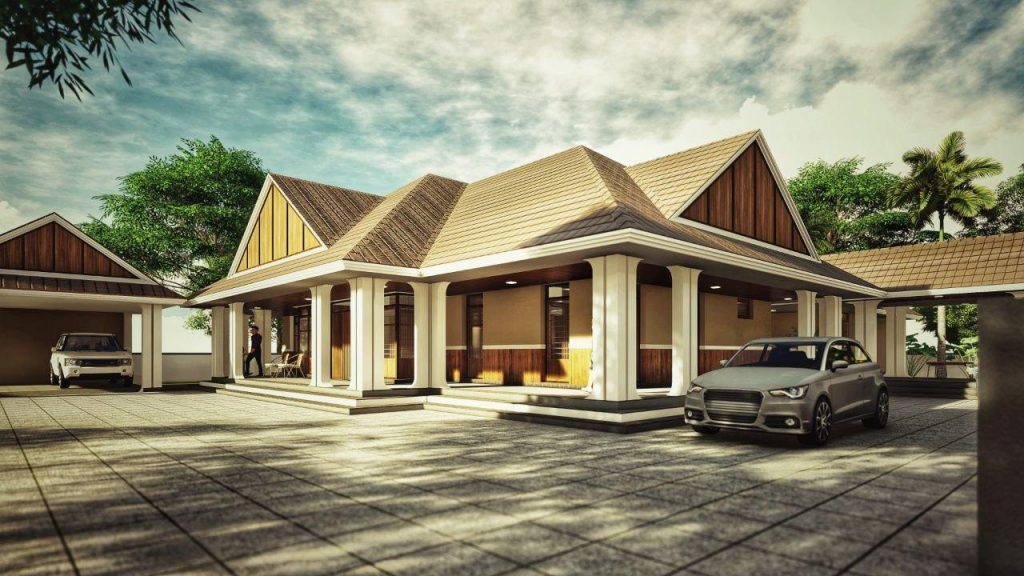
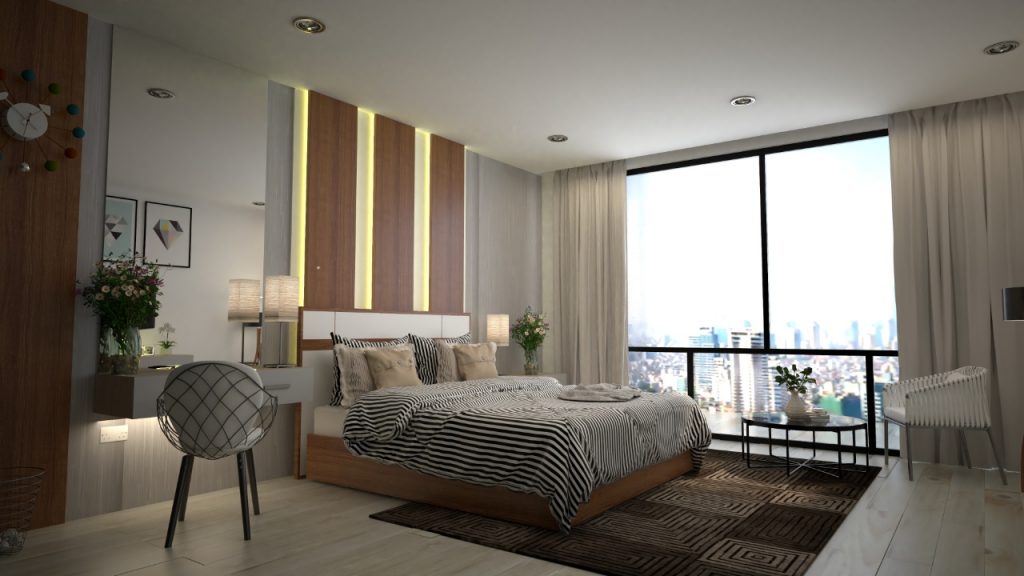
PROS: Can be photo-real and impressive; commonly available and accessible; easy to share with friends and family
CONS: Does not give you a complete picture, only a limited set of views; Does not convey spaces accurately; not dynamic or immersive* or interactive or customizable
2. Walkthrough Video
A Walkthrough Video is a dynamic, edited video footage of key areas or the whole of your project. This is again produced by the architect or a video rendering artist. They usually start with a complete 3D model of your project and use specialized video rendering tools in the process.
PROS: Dynamic and engaging; widely available; easy to share; gives a more complete picture
CONS: Doesn’t give you all areas / paths / views; not easy to understand spaces; dynamic but not freely navigable or immersive or interactive or customizable
3. 360 Virtual Tour
A 360 Virtual Tour is a semi-immersive click-through tour of your project using high resolution 360° panoramic renders. This is usually put together by a web / app developer from detailed 360 renders produced by a rendering artist. These can be viewed on both PCs and mobile devices. The level of immersion can be improved with the use of a mobile Virtual Reality headset.
PROS: Panoramic and navigable; gives a good idea of key spaces; easy to access across devices and share widely
CONS: Strikes a good balance, but with limits; not freely navigable; not fully immersive; also limited in terms of interaction and customization
4. Interactive 3D Tour
An Interactive 3D Tour is a first person walk-through tour of your project with game-like navigation and interactions. These are created by video game developers using a 3D game engine. These are usually built to run on desktop / laptop computers with good graphics processing capabilities.
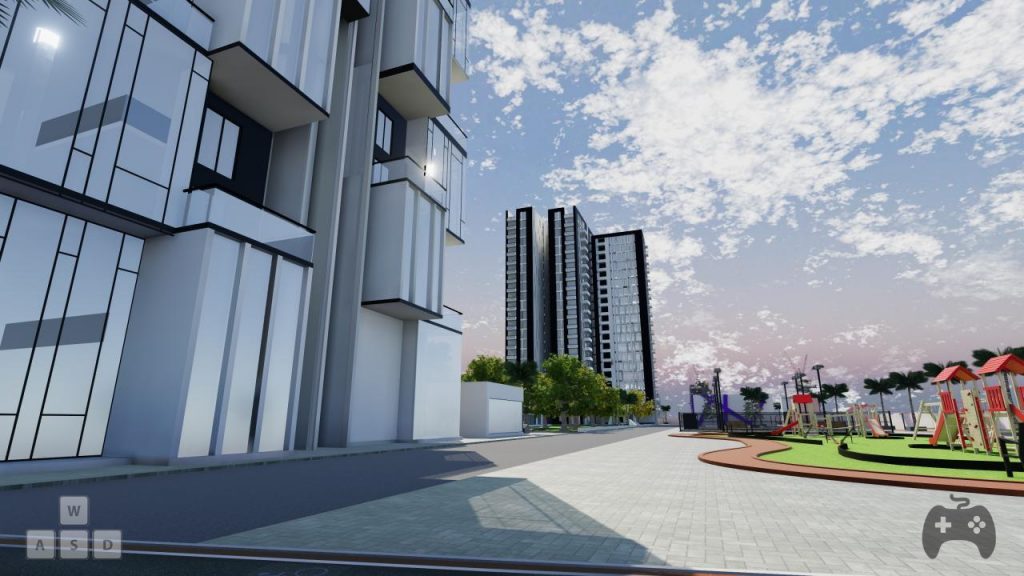
PROS: Freely navigable; highly interactive; fully customizable; will let you explore your project in detail from every nook and corner
CONS: Not immersive; not easy to fully understand spaces; not widely accessible due to minimum system requirements
5. Virtual Reality Experience
The Virtual Reality Experience is a highly immersive first person walk-through experience of your project. You walk into your project and experience the space; then customize and select your products in real-time. You can even interact with objects inside in realistic ways. This is usually created by a Virtual Reality development team using specially optimized 3D models of your project. It requires access to a high-end VR device and a powerful gaming PC with top of the line graphics processing capabilities.
PROS: Highly immersive; freely navigable; fully interactive and customizable; will let you literally walk into your project and fully understand the spaces before a single stone is laid
CONS: Not easily accessible due to the high-end hardware requirements and specialized skills needed for development
* Immersion is the feeling of almost being there; having the ability to look around and above and below in a virtual environment. This is key to understanding spaces accurately. This is also the most important difference between Virtual Reality and all the other methods that came before it.
Summary of Design Communication
We can see all of the above design communication options are useful and have their own advantages and disadvantages. But we can also see that Virtual Reality is a clear emerging winner and ticks all the boxes, except for ease of access.
We at BuildNext strive to provide the most effective design communication and collaboration experience for our customers. To that end, we make high-end VR technology widely accessible to all our customers through BuildNext Experience Centers and portable VR solutions. We also leverage a smart combination of all of the above options in our projects at the most affordable costs.
What are your favorite Arch-Viz or design communication options and why? Let us know in the comments.
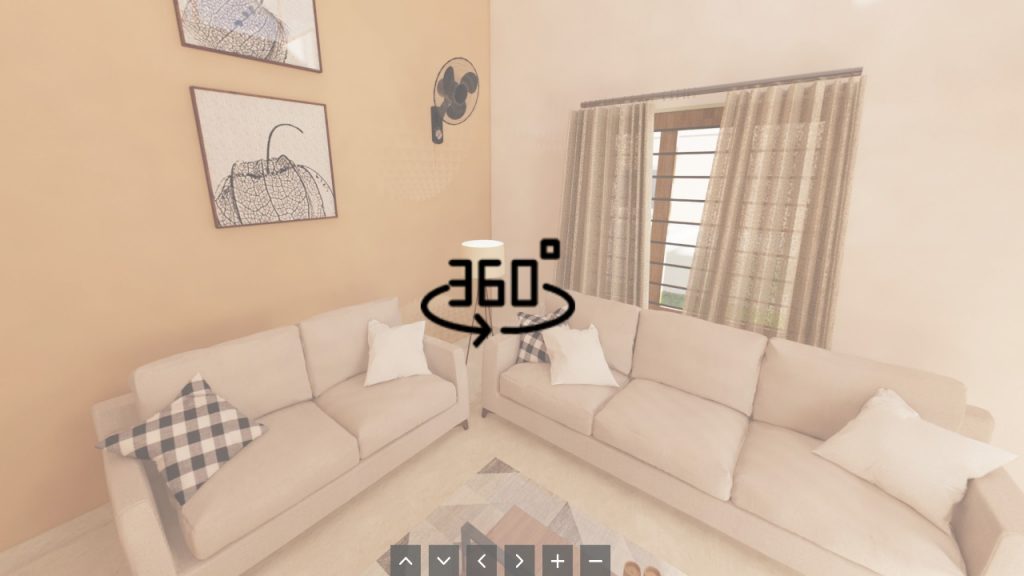
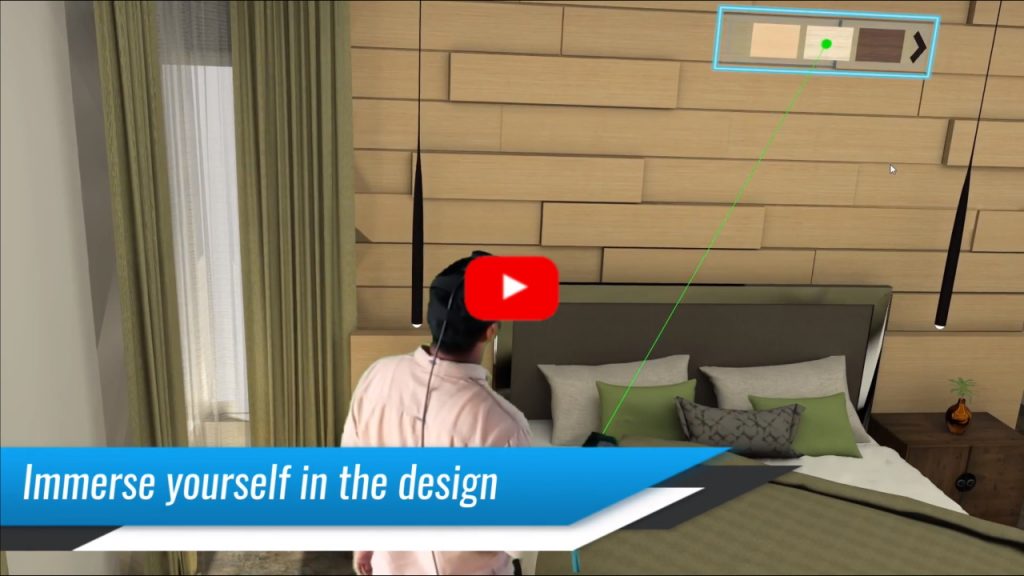
Awesome read PG ?